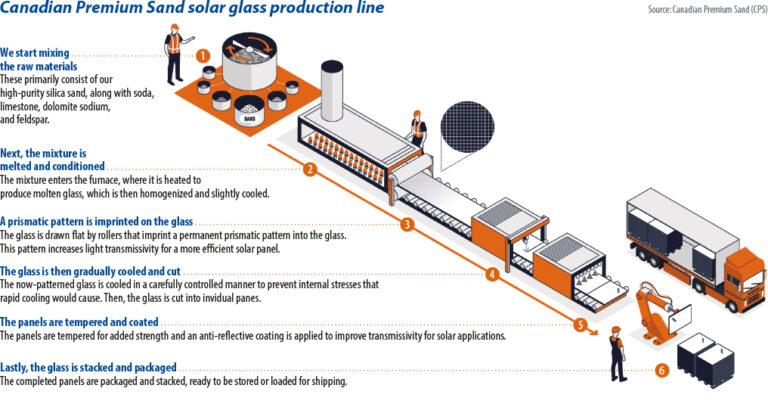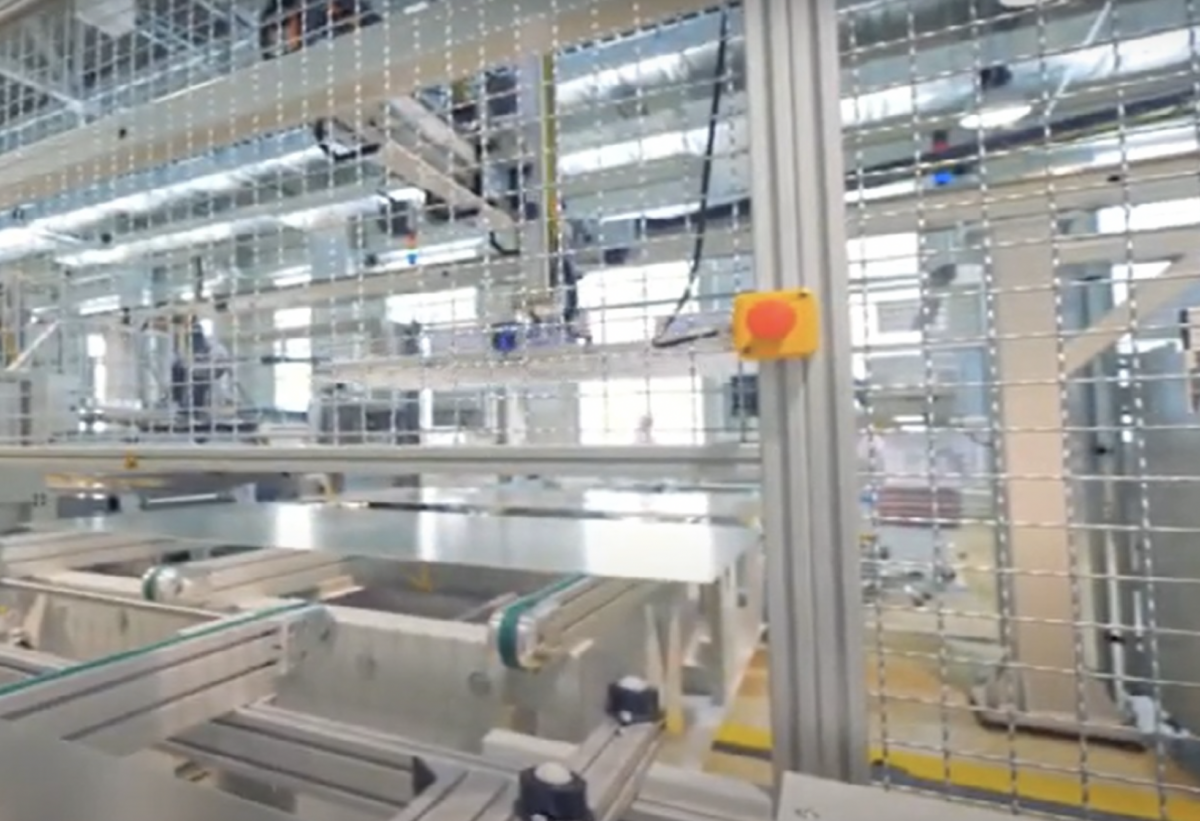From pv magazine USA
CPS said its customers in the United States have expressed a desire for domestic solar glass supply. Solar panel manufacturing capacity is expected to increase from 12 GW in 2022 to 52 GW by the end of 2025, following higher demand driven by the industrial policies set forth in the US Inflation Reduction Act (IRA). IRA policies also provide an incentive to end users of solar panels to maximize domestic content in solar panel installations, driving solar energy suppliers to locate and expand their manufacturing facilities in the United States.
The company’s wholly owned US subsidiary, CPS Glass USA Corp., has filed for the US Department of Energy’s investment tax credit. The allocation decision for this application is expected in the first quarter of 2025.

CPS has submitted applications to expand its manufacturing facility in Manitoba, Canada, targeting 6 GW of solar glass production at full capacity. It said its low-iron sand deposit in Manitoba can sustain production at both proposed facilities for more than 20 years. With a combined output of 10 GW of solar glass, CPS aims to become North America’s largest patterned solar glass supplier and the only vertically integrated glass manufacturer on the continent.
“Establishing 10 GW supply of both low-carbon and US-manufactured ultra clear pattern solar glass aligns CPS with the supply chain goals of our North American customers”, stated Glenn Leroux, president and chief executive officer of CPS.
CPS has announced offtake agreements with Swiss module manufacturer Meyer Burger, Canada-based Heliene, and Qcells, which is owned by South Korea’s Hanwha.
Andries Wantenaar, a solar analyst for Rethink Technology Research, said demand for solar glass is robust and prices are relatively stable.
“If you make solar glass, you have a very large and very rapidly growing market outside of China to sell to,” said Wantenaar. “You won’t be stuck in the situation of Western polysilicon makers, whose customers are the wafer makers in China who are now buying from Chinese polysilicon makers exclusively at prices well below the Western marginal cost of production.”
Glass material prices are relatively stable. “The price of solar-grade glass has been stubborn for at least a decade now because it’s a totally figured-out product,” said Wantenaar. The caveat is that glass is an energy-intensive product, which is a strong cost factor, and one reason why China dominates its production. Wantenaar estimated that China holds “around 90%” of the solar glass market, higher than its 80% PV module share.
Wantenaar said glass will represent a bigger share of module costs in the future, as other elements become more cost-efficient and the bifacial module trend, typically featuring glass on both sides rather than a glass front combined with a polymer backsheet, intensifies.
This content is protected by copyright and may not be reused. If you want to cooperate with us and would like to reuse some of our content, please contact: editors@pv-magazine.com.




By submitting this form you agree to pv magazine using your data for the purposes of publishing your comment.
Your personal data will only be disclosed or otherwise transmitted to third parties for the purposes of spam filtering or if this is necessary for technical maintenance of the website. Any other transfer to third parties will not take place unless this is justified on the basis of applicable data protection regulations or if pv magazine is legally obliged to do so.
You may revoke this consent at any time with effect for the future, in which case your personal data will be deleted immediately. Otherwise, your data will be deleted if pv magazine has processed your request or the purpose of data storage is fulfilled.
Further information on data privacy can be found in our Data Protection Policy.